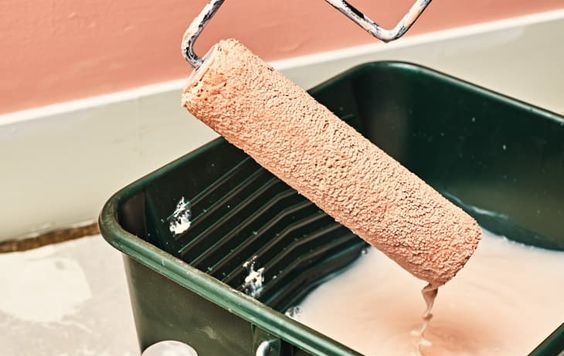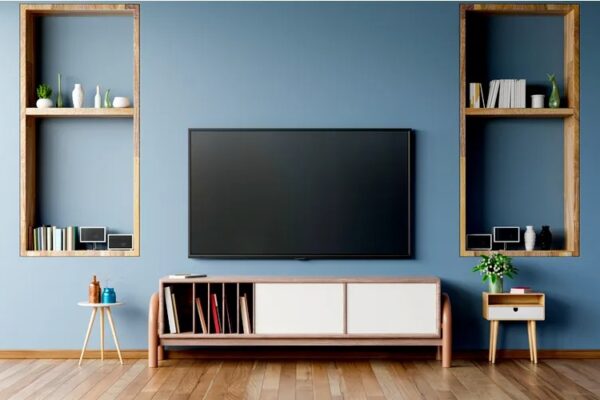How to Quickly Paint a House in an Easy Way
Painting a house is a significant undertaking that can dramatically transform its appearance and add value to your property. Before you begin to paint a house, choose the right paint color for your house it can be an exciting decision that reflects your personal style and enhances the overall aesthetics of your home.
When painting a house, it is crucial to use high-quality painting tools and techniques to achieve a professional-looking finish that will last for years to come. Before you begin to paint a house, it is essential to properly prepare the surfaces including cleaning, repairing any damages, and applying a primer if necessary.
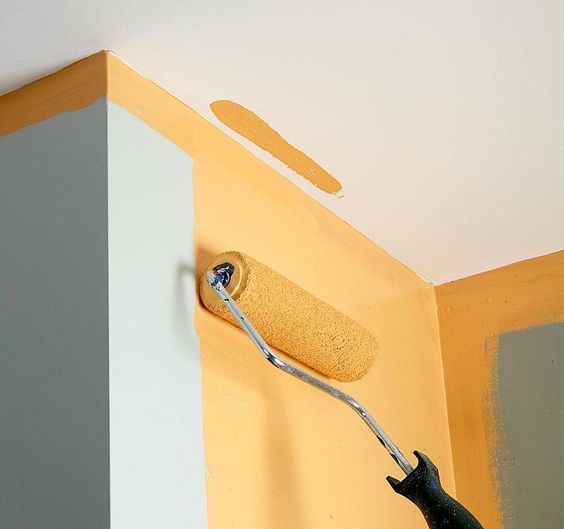
When it comes to home projects, there are typically two approaches: the challenging route and the simpler one. Opting for the easier way doesn’t necessarily result in inferior outcomes, and this principle also holds true for exterior house painting.
If you decide to take on the task of painting your own house rather than hiring professional house painters, you can certainly benefit from time-saving techniques. These encompass various hacks, tips, and recommendations that assist you in efficiently, effectively, and effortlessly painting your house. By implementing these strategies, you can streamline the process, achieve satisfactory results, and make the most of your painting endeavors.
1. Wash Your House Quickly
Before painting, it is typically necessary to clean most houses. A simple test of wiping a white cloth along the side of your house will reveal a build-up of gray soot and dust that has accumulated over the years, or even decades. Even in challenging painting projects, it is highly advised to wash down the house prior to painting.
Hand-washing your house is the most thorough and effective method to ensure a clean surface, but it also requires a significant amount of effort. However, if you are looking for the minimum requirements, what is the least amount of cleaning you can get away with?
If you have access to a pressure washer, you can effectively clean your house by following a two-step process. Firstly, utilize the pressure washer to spray the house with a soapy solution, thoroughly removing dirt and grime. Secondly, rinse the house with clean water, ensuring that the entire soap residue is washed away.
If you do not own a pressure washer, your next best alternative is to meticulously hose down the house. While it may not provide the same level of intensity as a pressure washer, a thorough hosing can still help achieve a satisfactory level of cleanliness.
Regardless of the method you choose, your primary objectives should be to eliminate visible debris such as spiderwebs, wasp nests, and leaves, as well as to wash away the thin layer of soot and dust that has accumulated over time. By focusing on these goals, you can ensure a clean surface that is well-prepared for the painting process.
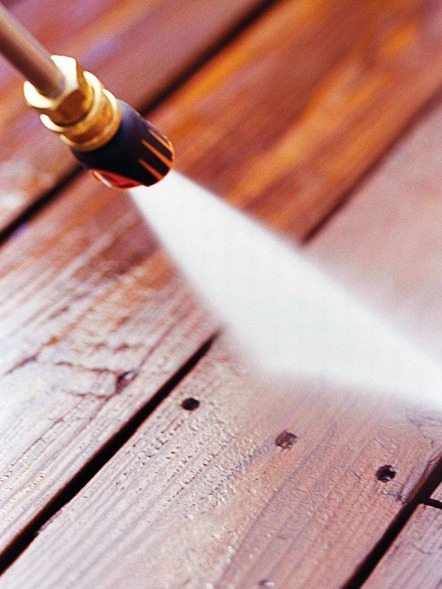
2. Choosing a Consistent or Deeper Shade: Paint a House
When you decide to alter the exterior color of your house, be prepared for additional work. The workload significantly increases when the new coat is lighter than the existing one. Even with one-coat painting, remnants of the old color may still be visible in certain areas. Conversely, when you paint your house the same color, these areas seamlessly blend in, resulting in a more uniform appearance.
If you are unsure about the current color of your house, you can identify it by finding an area with peeling paint and removing a sample to take to a paint store. In cases where peeling paint is not available, you can extract a painted item, such as a dryer vent or a strip of molding, for color matching purposes. Paint stores are typically equipped to replicate the existing color accurately.
Should you desire a color change, it is advisable to select a shade that is darker than the present color. Opting for the same color or a darker shade simplifies the painting process by allowing for a single coat application. By following this approach, you can achieve satisfactory results while minimizing the effort required.

3. Priming Selectively Based on Requirements
Determining whether your house requires a complete coat of primer before painting is a crucial consideration. However, in certain situations, applying primer may not be necessary.
If the existing paint is in good condition and you intend to repaint the house with the same color, primer application is typically unnecessary. However, problem areas that exhibit specific issues will require priming. These include surfaces such as bare wood, areas filled with wood filler, and spots stained with rust. For isolated bare spots, a quart of exterior-grade primer will suffice. It is important to focus on priming only the unpainted and unprimed areas, rather than covering the entire house.
One aspect to keep in mind is that primed areas may show through the final paint coat. Therefore, if your topcoat color is anything other than pure white, you may need to apply an extra coat of paint to effectively conceal the lighter-colored paint primer and achieve the desired finished look.
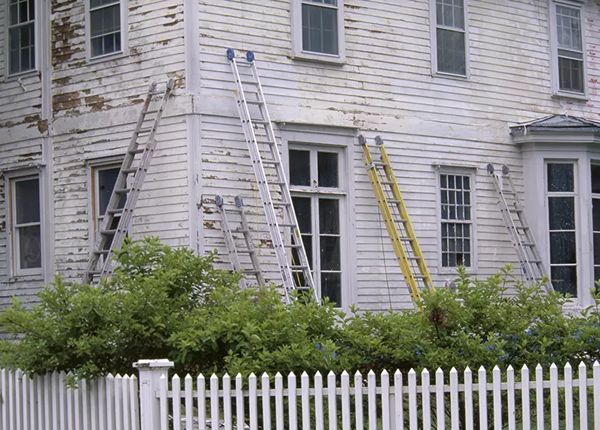
4. Optimize the Paint Scraping Process
Scraping off paint is a universally dreaded aspect of painting. After spending a few hours scraping paint, you will yearn for the comparatively easier tasks of brushing, rolling, or spraying.
One frustrating aspect of paint scraping is that it tends to be an endless cycle. One section leads to another, and it can feel never-ending. However, if the edges of the paint are firmly adhered and will stay in place, you can consider leaving it as it is. When you apply a fresh coat of paint, it will seal the edges and help secure the paint in its position. Scrape until you reach a relatively solid edge, and then stop at that point.
In cases where you discover the need to remove all the paint from the entire house, it is an indication that it’s time to hire professional house painters or a crew specialized in mechanical paint removal techniques. This approach ensures efficient and thorough removal of the old paint, saving you the laborious task of scraping every inch of the house yourself.
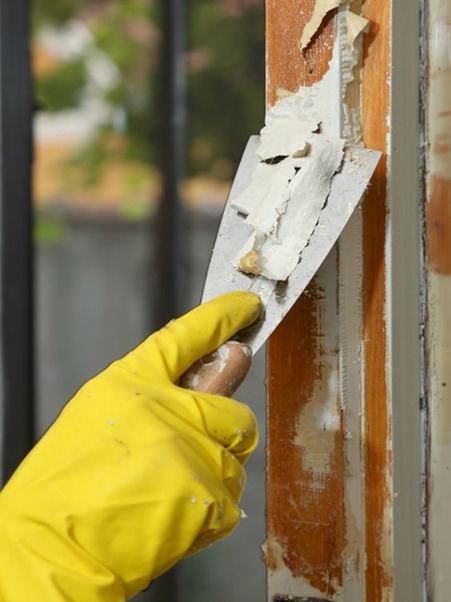
5. Apply Paint with a Roller to Flat Surfaces
Using a paint roller is an efficient way to quickly cover large areas with paint. However, not all types of siding are suitable for this method. Shiplap siding, for example, poses challenges when using a paint roller, although wider shiplap can be painted using this tool.
If your house features flat siding or sizable flat sections, employing a paint roller along with an extension pole can help you swiftly cover those areas. The flat siding or large flat sections provide an ideal surface for the roller, allowing you to achieve fast and even paint application. The extension pole enables you to reach high or distant sections without the need for ladders or scaffolding, further enhancing the speed and convenience of the painting process. Embracing the paint rolling technique for these suitable areas can significantly expedite your painting project, providing efficient coverage and a smooth finish.
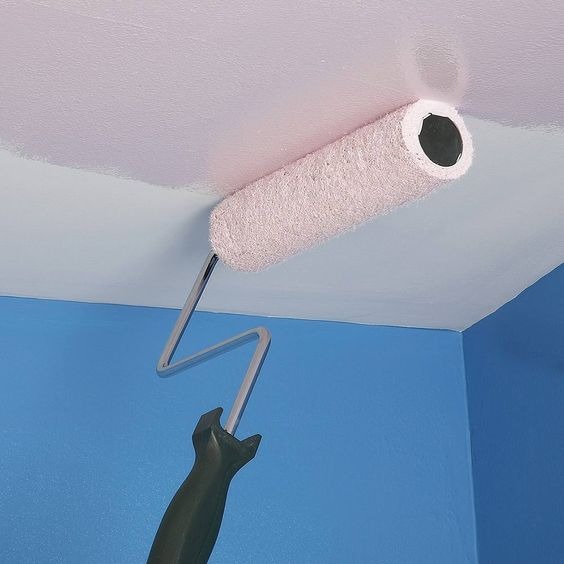
6. Spray Painting for Extensive or Intricate Spaces
Paint spraying offers both advantages and disadvantages when it comes to covering extensive or detailed spaces. On the positive side, using a paint sprayer allows you to quickly and efficiently coat large areas or those with intricate details, saving you time and effort.
However, paint spraying requires thorough preparation. Any non-paintable surfaces within a 20-foot radius must be carefully covered. If you have delicate foliage or grass nearby, it’s essential to protect those areas as well. During late summer when the lawn is dormant, you may be able to skip the cover.
If your house boasts intricate architectural details, investing time in paint spraying will yield significant benefits. These details often require precise brushwork, which can be time-consuming. By effectively masking non-painted areas with minimal effort, you can achieve impressive results.
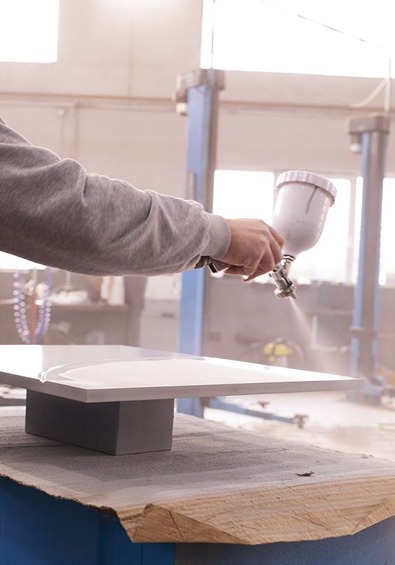
7. Minimize Cleaning Time for Brushes and Roller Covers
After a demanding day of painting, the temptation to relax and unwind is strong, making the task of cleaning brushes and roller covers the last thing you want to tackle. However, proper cleaning is crucial for preserving the longevity and performance of your painting tools.
When it comes to roller covers, opt for inexpensive yet decent-quality ones that you can dispose of after each painting session. This approach is especially suitable for exterior painting, where cost-effective roller covers can be utilized. For interior painting projects, invest in higher-quality roller covers to ensure a flawless finish that meets the discerning eye.
As for paintbrushes, it’s worth purchasing high-quality brushes and giving them the care they deserve. Cleaning your good brushes with a paintbrush comb and water is highly recommended. A paintbrush comb is a valuable tool that significantly reduces brush clean-up time, often cutting it in half. Moreover, it assists in removing all traces of paint lodged between the bristles, ensuring thorough cleaning and maintaining the brush’s performance.
